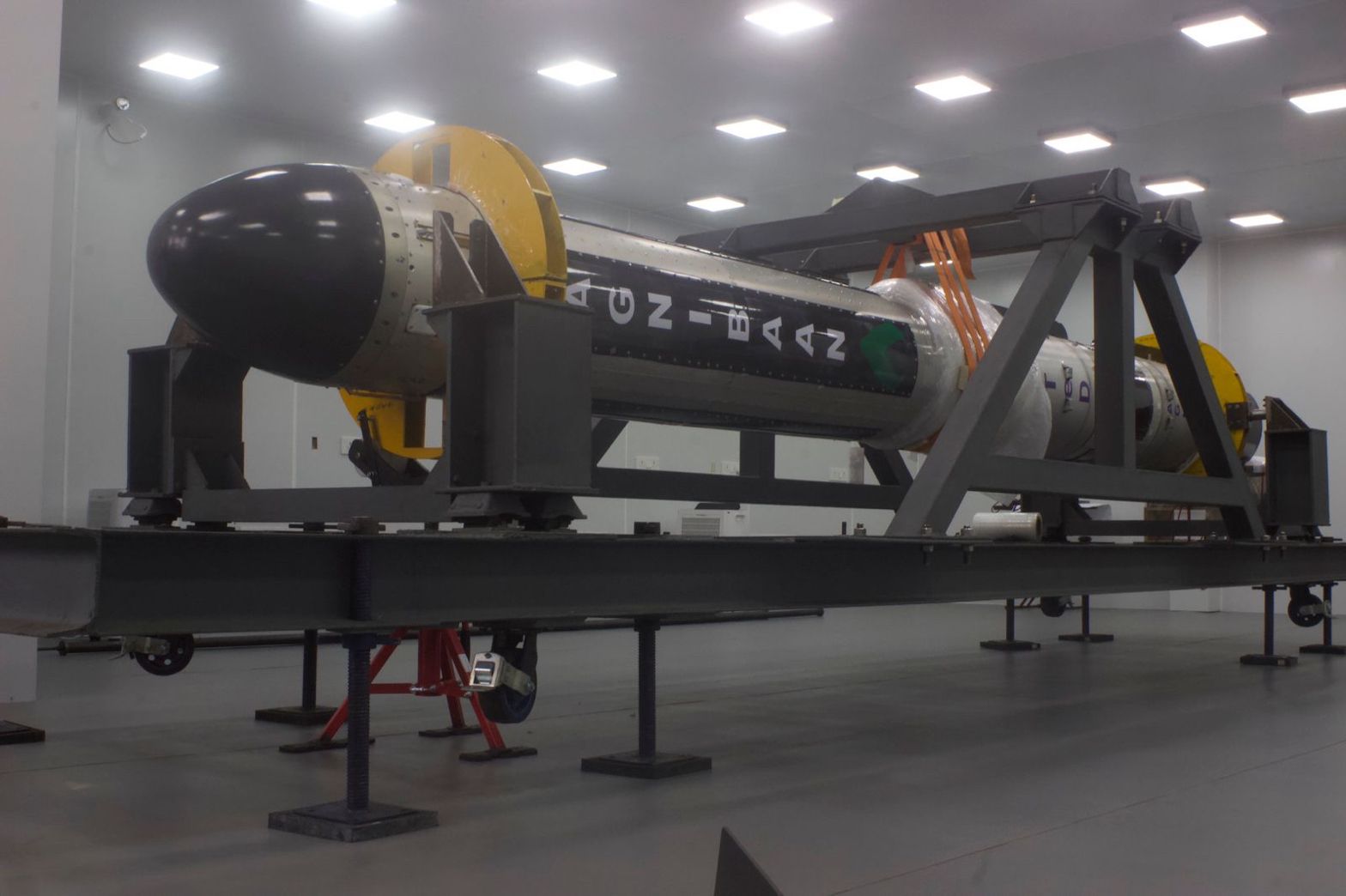
WASHINGTON (PTI): NASA scientists have found evidence of past water movement in a Martian meteorite that fell in Antarctica about 50,000 years ago, lending weight to the theory that Mars might have one supported life.
In a new study, scientists at NASA's Johnson Space Centre in Houston focused on structures deep within a 13.7 kilogramme Martian meteorite known as Yamato 000593 (Y000593).
The team reported that newly discovered different structures and compositional features within the larger Yamato meteorite suggest biological processes might have been at work on Mars hundreds of millions of years ago.
"While robotic missions to Mars continue to shed light on the planet's history, the only samples from Mars available for study on Earth are Martian meteorites," said lead author, Lauren White, based at the Jet Propulsion Laboratory.
Analyses found that the rock was formed about 1.3 billion years ago from a lava flow on Mars. Around 12 million years ago, an impact occurred on Mars which ejected the meteorite from the surface of Mars.
The meteorite travelled through space until it fell in Antarctica about 50,000 years ago and was found on the Yamato Glacier by Japanese Antarctic Research Expedition in 2000.
Martian meteoritic material is distinguished from other meteorites and materials from Earth and the Moon by the composition of the oxygen atoms within the silicate minerals and trapped Martian atmospheric gases.
The team found two distinctive sets of features associated with Martian-derived clay. They found tunnel and micro-tunnel structures that thread their way throughout Yamato 000593.
The observed micro-tunnels display curved, undulating shapes consistent with bio-alteration textures observed in terrestrial basaltic glasses, previously reported by researchers who study interactions of bacteria with basaltic materials on Earth.
The second set of features consists of nanometre- to-micrometre-sized spherules that are sandwiched between layers within the rock and are distinct from carbonate and the underlying silicate layer.
Composition measurements of the Y000593 spherules show that they are significantly enriched in carbon compared to the nearby surrounding iddingsite layers.
A striking observation is that these two sets of features in Y000593, recovered from Antarctica after about 50,000 years residence time, are similar to features found in Nakhla, an observed fall collected shortly after landing.
"The unique features displayed within the Martian meteorite Yamato 000593 are evidence of aqueous alterations as seen in the clay minerals and the presence of carbonaceous matter associated with the clay phases which show that Mars has been a very active body in its past," said Everett Gibson.
"The planet is revealing the presence of an active water reservoir that may also have a significant carbon component," Gibson said.
The finding was published in the journal Astrobiology.
 Previous Article
Previous Article













The Indian Air Force, in its flight trials evaluation report submitted before the Defence Ministry l..
view articleAn insight into the Medium Multi-Role Combat Aircraft competition...
view articleSky enthusiasts can now spot the International Space Station (ISS) commanded by Indian-American astr..
view article